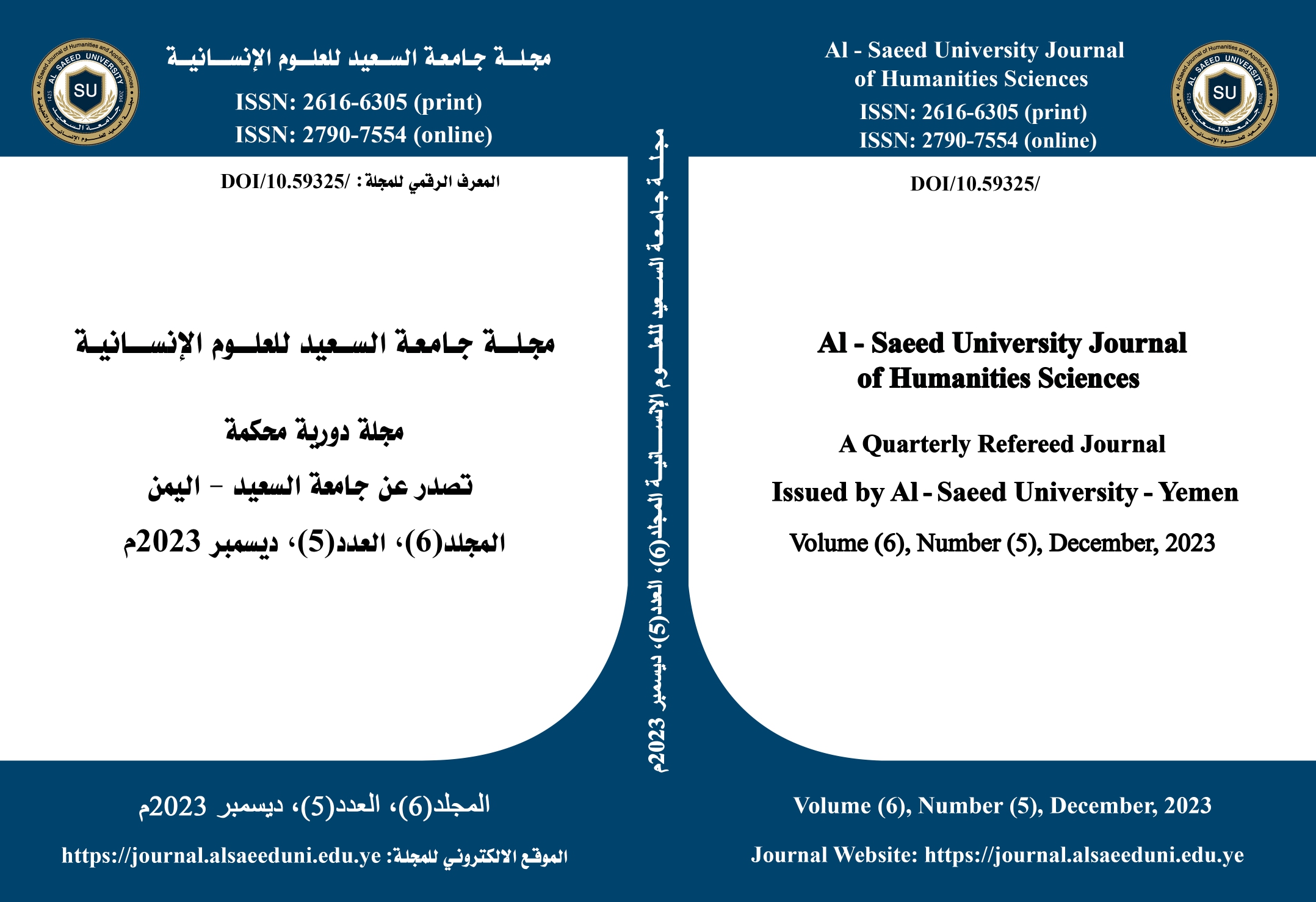The Impact of the Digital Divide on the Performance of School Leaders during (COVID-19) Pandemic in Government Schools, Al-Rass, Saudi Arabia.
DOI:
https://doi.org/10.59325/sjhas.v6i5.196Keywords:
digital divide, school leaders, public educationAbstract
This study aims to explore the impact of the digital divide on the performance of school leaders during (COVID-19) Pandemic in government schools, Al-Rass, Saudia Arabia. The analytical descriptive quantitative approach has been employed as a study methodology, and the structured questionnaire as a tool for data collection, which included (32) items distributed on three dimensions: "access", "use" and "skill". The results revealed that the degree of the digital divide on the performance of school leaders came with a high degree in all three domains, and the most in the arithmetic mean was the “usage domain”, then the “access domain” and the “skill domain” was the least. The study also revealed that there are statistically significant differences due to the variable "school location", as the result showed that the digital divide was higher in schools outside Al-Rass Governorate in all three domains. The study also revealed differences due to the "number of students" variable, as the results revealed that the digital divide was higher in schools that had more than 500 students in all three dimensions of the study. The study recommended bridging this digital divide by addressing its three dimensions (access, use, and skill).
Downloads
Published
How to Cite
Issue
Section
License
copyright is retained by the authors. Articles are licensed under an open access Creative Commons CC BY 4.0 license, meaning that anyone may download and read the paper for free. In addition, the article may be reused and quoted provided that the original published version is cited. These conditions allow for maximum use and exposure of the work.



